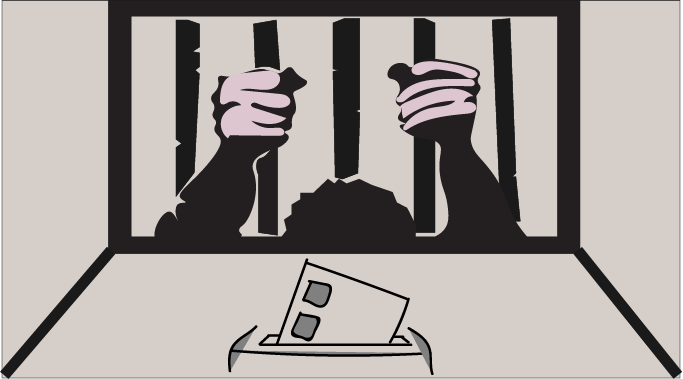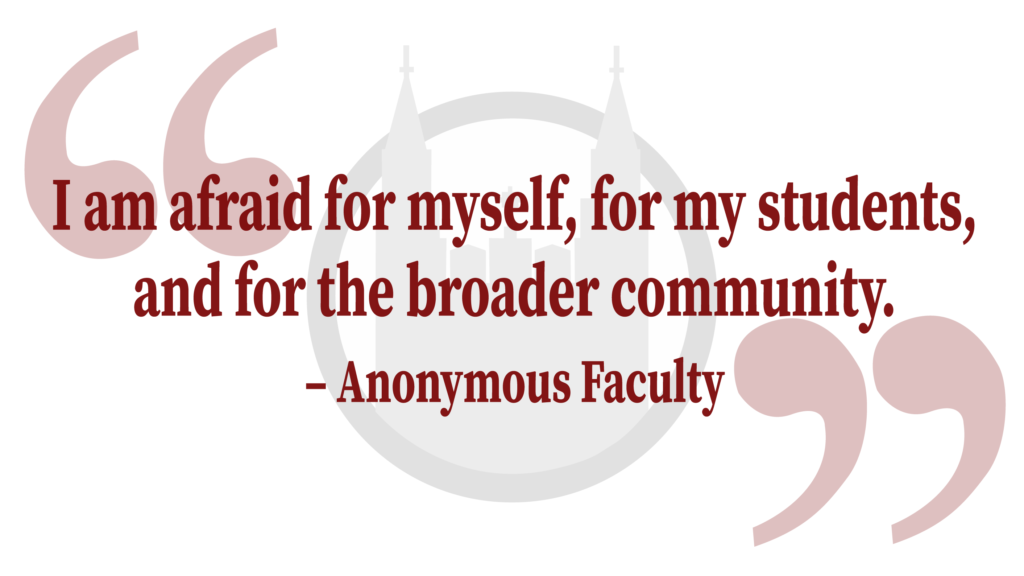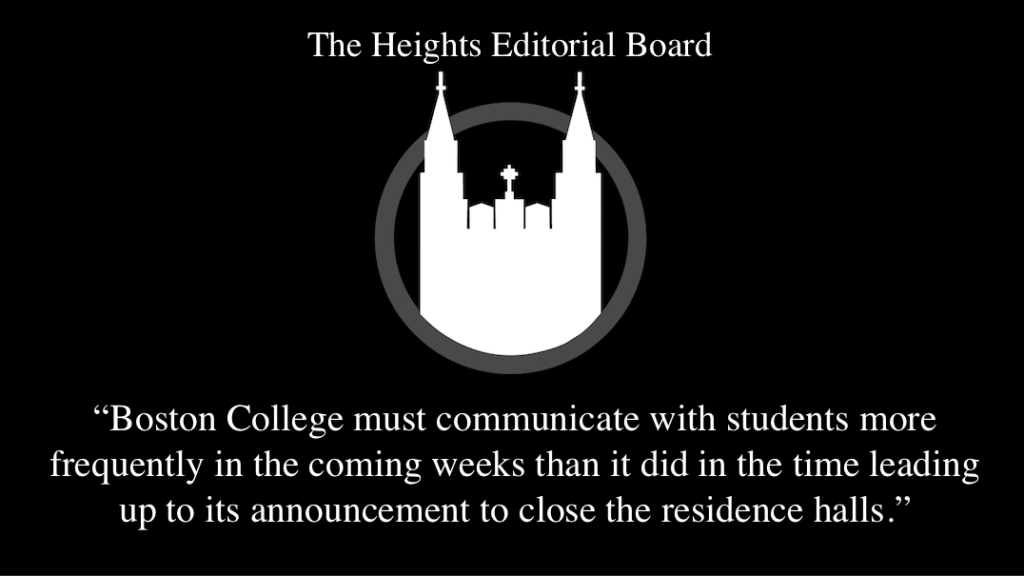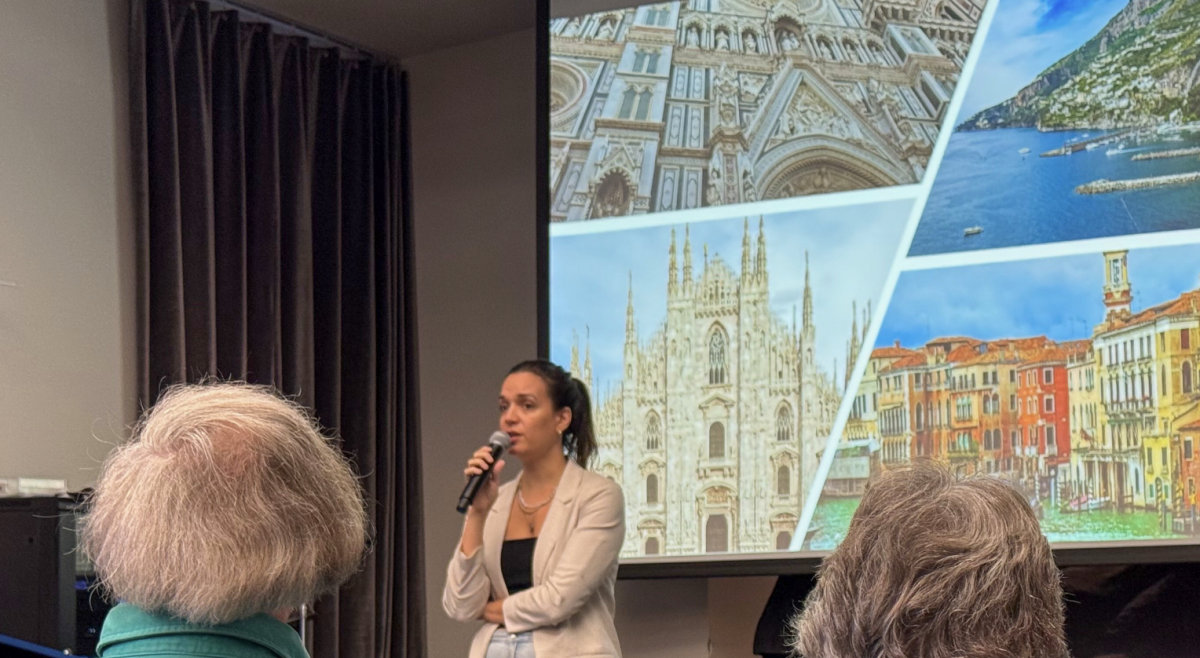London mayor Boris Johnson was visiting Boston back in February, and like the rest of us, he had to endure the consequences of Snowmageddon 2015.
Johnson is far more accustomed to England’s winds and mild rains than to New England’s winter woes that so trouble the MBTA. So when he attempted to take the Red Line at Park St., he was forced to “begrudgingly ditch the T idea” for alternative transportation, realizing that waiting for the T in the middle of the record-setting snowstorm would make him late to his next appointment.
Johnson’s team says that he makes an effort to try out all the public transportation systems in the cities he visits, likely comparing how they fail in comparison to the London Underground.
Boston’s subway system was installed in 1897. At the time, Boston and New York City were going head-to-head in a fight to build North America’s first underground subway tunnel. Despite struggling with gas explosions, Boston came out on top on Sept. 1, 1897, while New York didn’t put a subway car on the tracks until 1904.
We may have beaten out New York, but London defeated everyone by opening its Underground in 1863.
Also known as “The Tube,” the London Underground celebrated its 150th anniversary in 2013—having stood the test of time as a great metro system, with CNN and TripAdvisor ranking London as one of the top transportation systems in the world. I can attest to the veracity of these rankings, as I spent several weeks in London this summer marvelling at the Tube.
Each day, 3.7 million people use the Underground, while 6.4 million use the city’s bus system. The TripAdvisor poll found that people outside of the United Kingdom believe the Underground to be one of the safest and most efficient public transportation networks in the world. It is remarkably clean and fast, and it extends across Greater London and Britain. Though the transit system has had its fair share of strikes recently, the Tube has provided Londoners with an effective form of transportation for 152 years.
Prior to visiting London, all I knew was the T. The Green Line has been my main way of getting in and out of the city since I moved to Boston. It is cheap, and for the most part, reliable. But this past winter proved that something has to change.
The MBTA—buried beneath nearly $9 billion in debt, and with a maintenance backlog of more than $7 billion—needs to avoid a replication of last year’s winter catastrophe. Clean -up from all of the winter storms this past season cost the MBTA more than $36 million.
Boston can’t afford to deal with the consequences of another MBTA setback. The City has to do a better job of upgrading the existing trains so they can be ready for whatever comes next. But the problem is that Boston has a history of cost-overruns for big projects, and we simply can’t afford to be crippled by more debt.
The MBTA recently announced that the proposed Green Line extension into Somerville and Medford is $1 billion over budget. Boston 2024 was also nearly $4 million in debt when the doomed bid was shut down in July. And nobody has forgotten that the “Big Dig” was supposed to cost $2.8 billion, before ultimately adding up to a whopping $24 billion.
Currently, Boston needs $7.3 billion of work to bring the T to a state of good repair, according to a presentation by the MBTA’s Fiscal and Management Control Board two weeks ago. That’s up from an estimated $6.7 billion earlier in the year. At the $7.3 billion price, the MBTA needs to spend $765 million per year over the next 25 years just to have a well-run public transportation system.
It should cost less, but our city’s history has shown that it will cost more.
Moving forward, Boston should look across the pond for advice on how to fix the T. The London Underground is nearly self-sufficient—it obtains roughly 70 percent of its revenue from fares—and anticipates being financially self-sufficient within two years. A reason why the Tube is so financially successful is because it charges fares based on distance travelled, using zones to calculate ticket costs. This may not be fair for the working-class families who have to commute from multiple zones into the city every day, but it is an effective way to disperse costs. Boston has no such system, and needs practical ideas to come even somewhat close to raising $7.3 billion.
It seems that London used every one of those 34 years before the launch of the T to put itself ahead of Boston, and the Tube is a prime example of an efficient system that the MBTA should look to as it plans a makeover.
Although it’s 80 degrees and sunny this week in Boston, our city’s leaders should be planning now for the next snowstorm.
Winter is coming—and with it comes the MBTA’s biggest challenge yet.
Featured Image by Francisco Ruela / Heights Graphic

















Toxic Avenger • Sep 21, 2015 at 9:19 am
The effort put into this article is quite thin. Based on the title, I was hoping for at least 3-4 lessons that the T could learn from the London’s Tube. The only lesson listed here is ‘charge fares based on distance traveled’. Well, the MBTA commuter rail already has that fare system. Maybe the Boston Globe could learn a thing or two from the London Times?